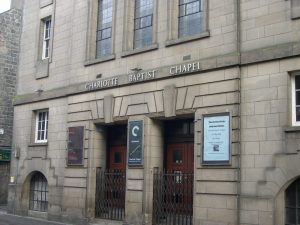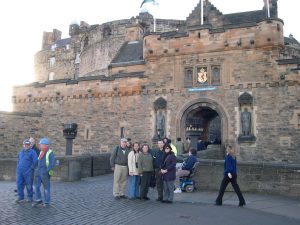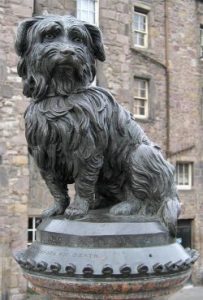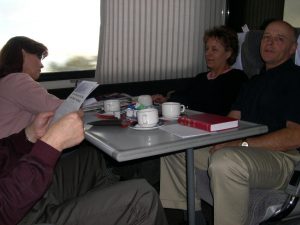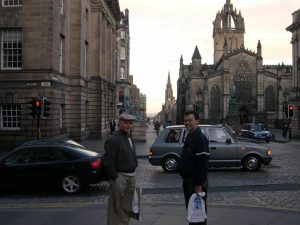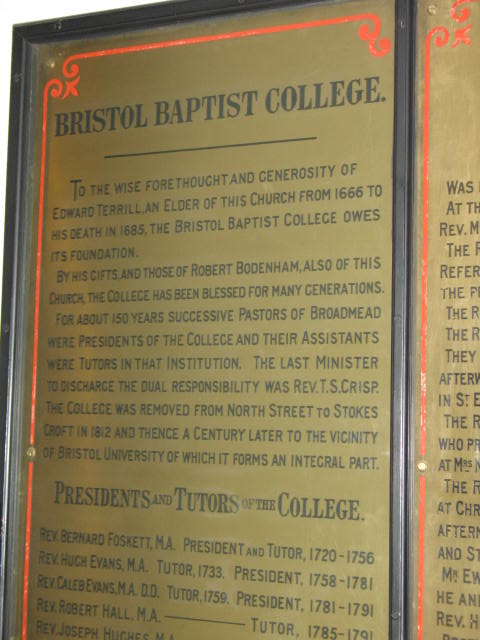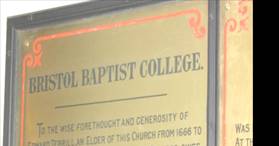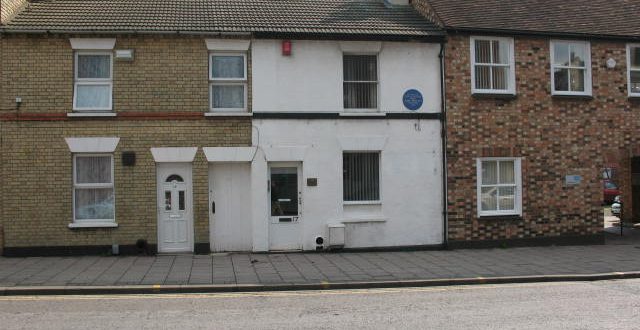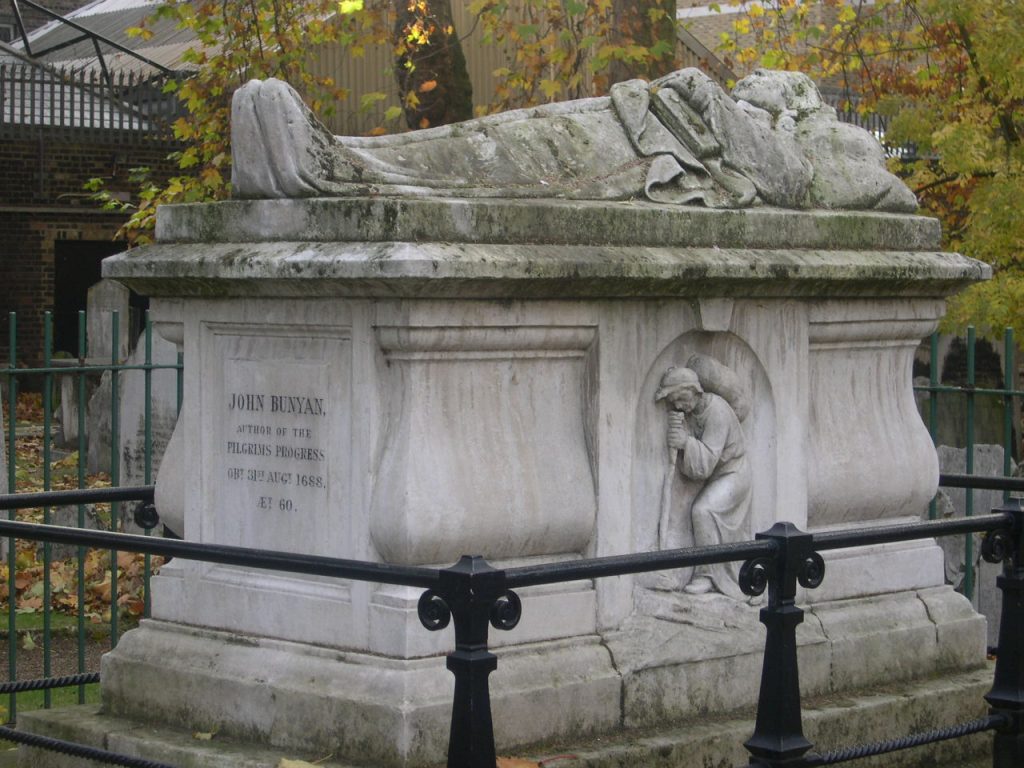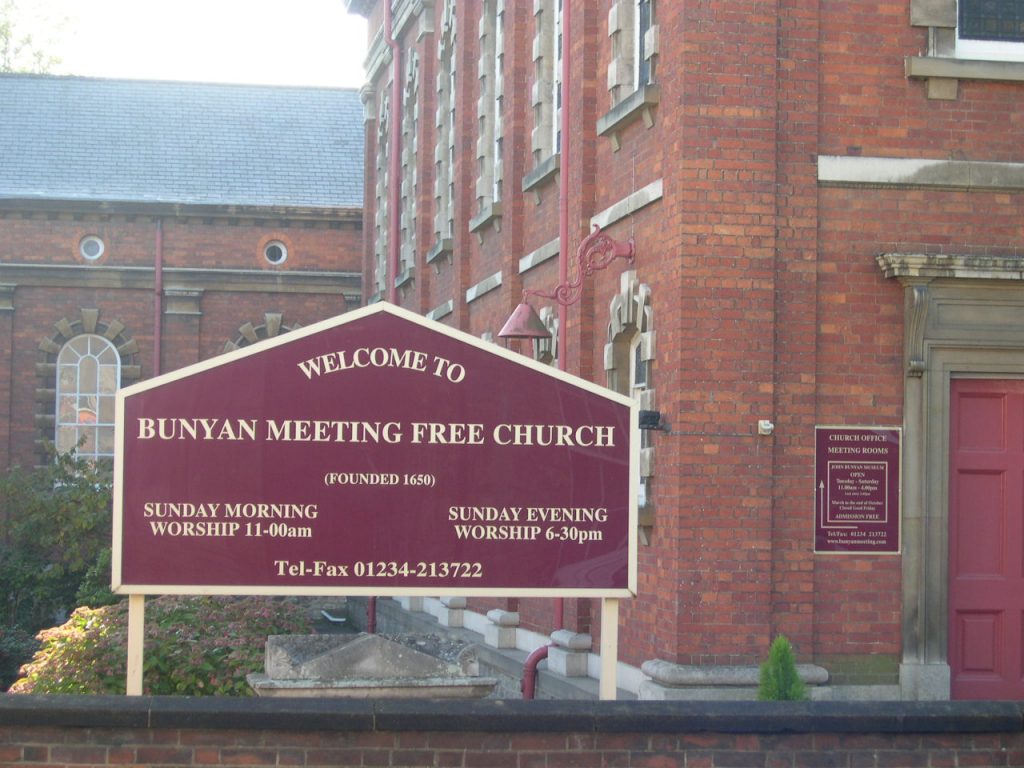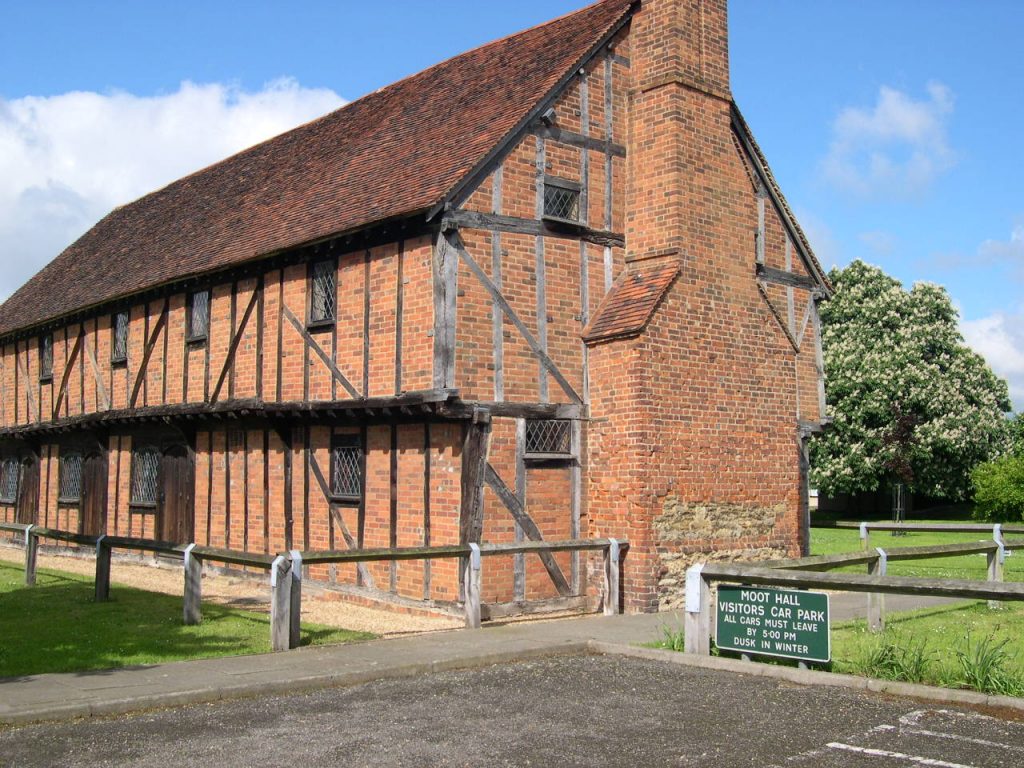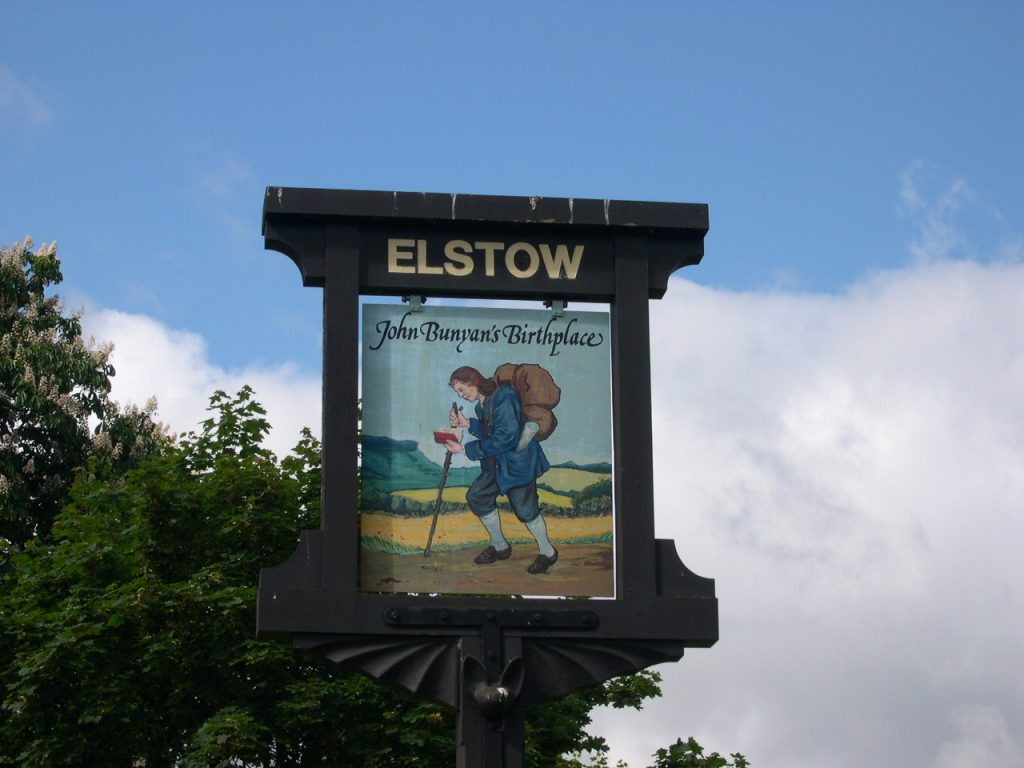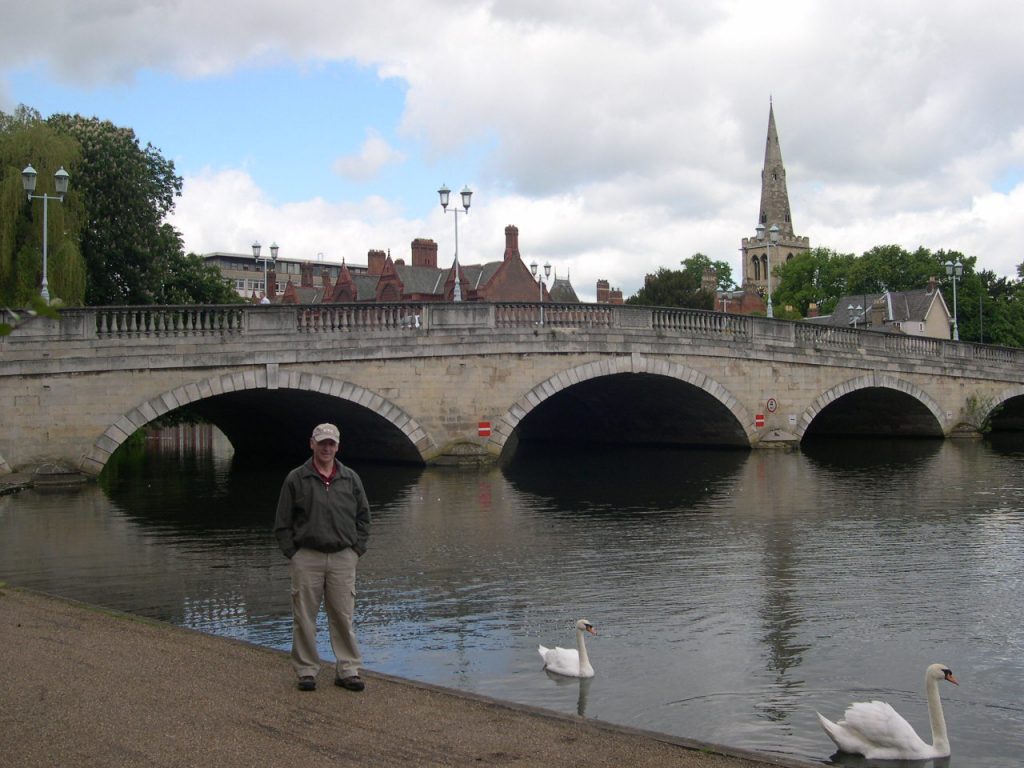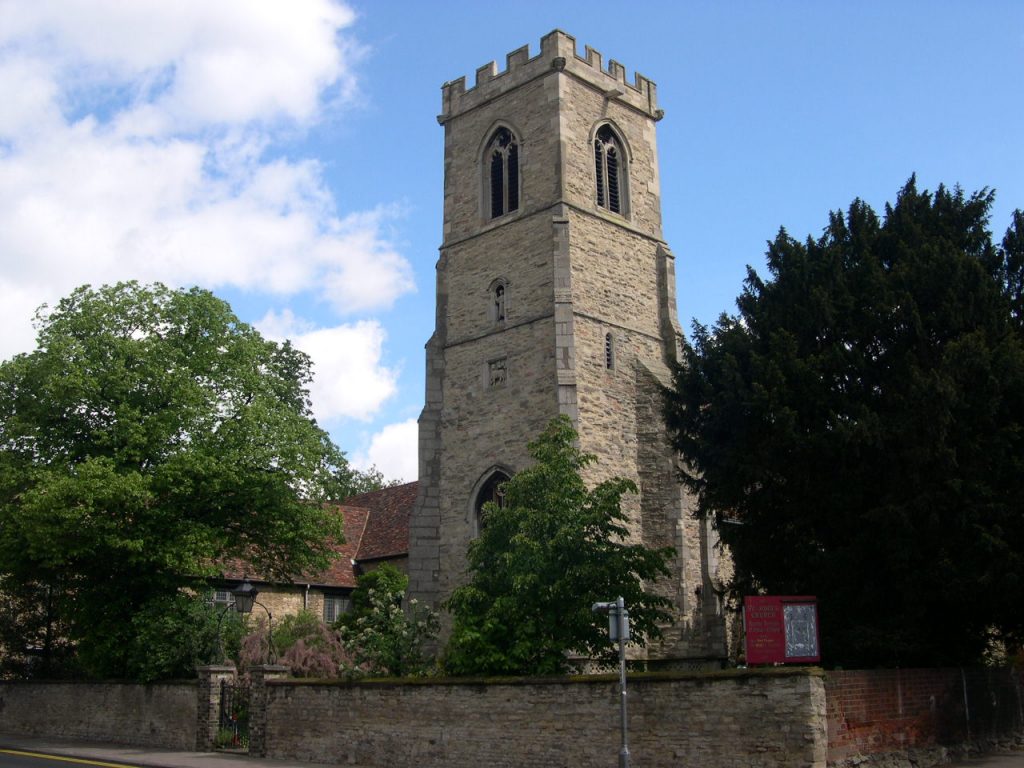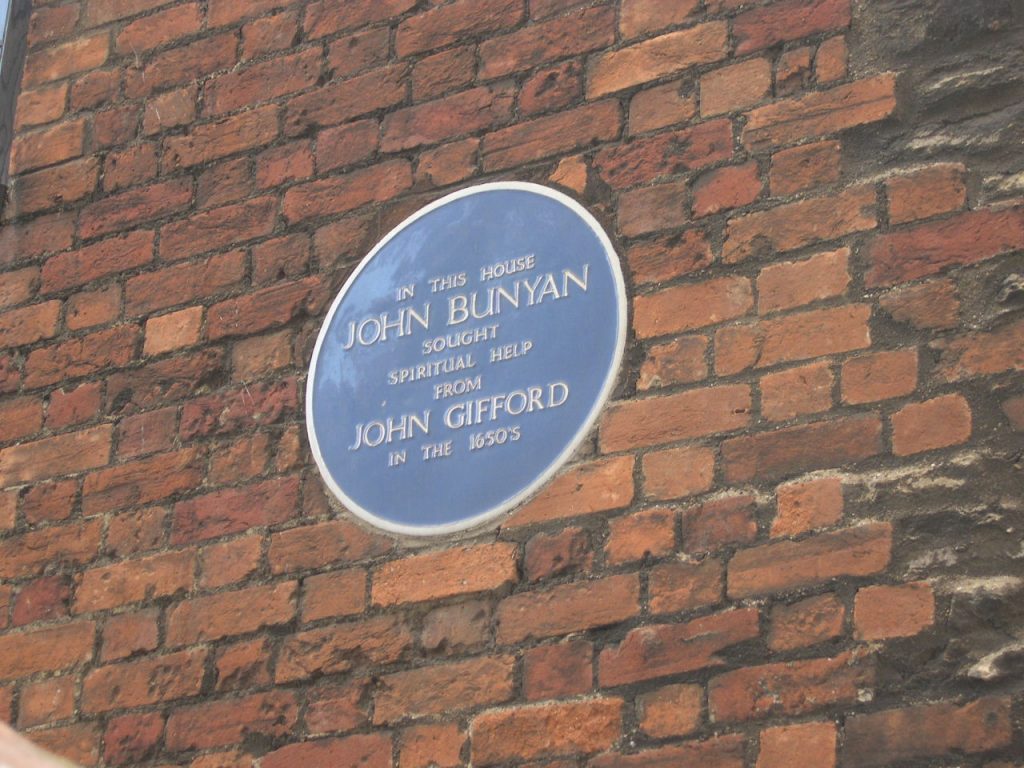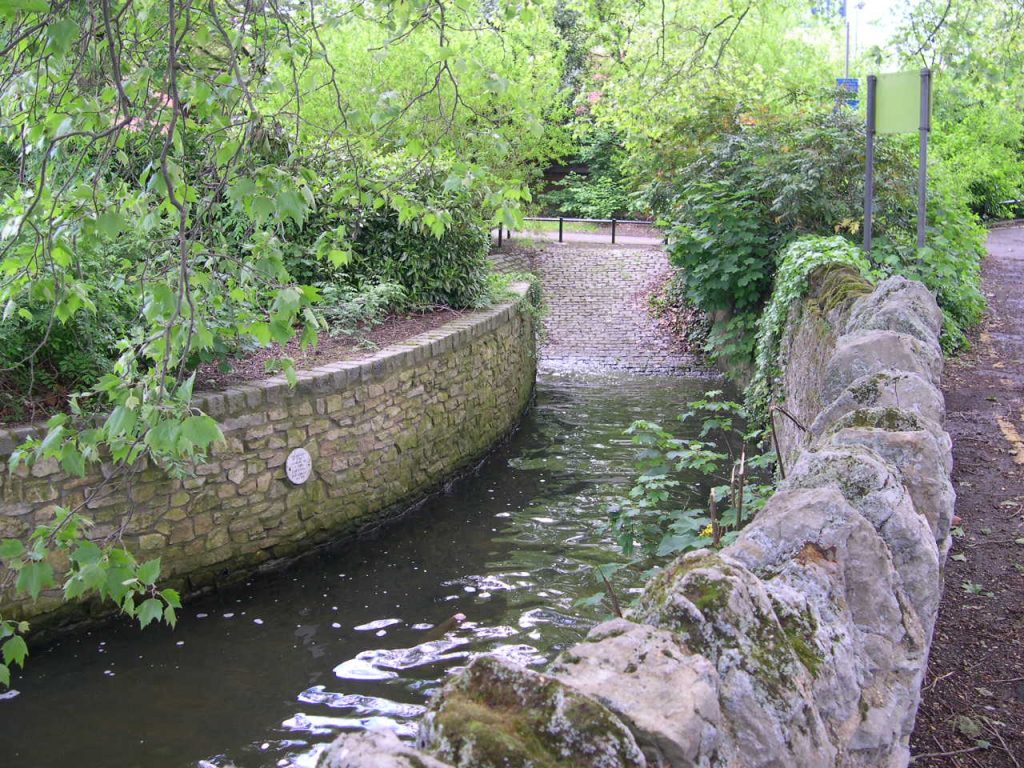Edinburgh, Scotland (#15)
by Debra Conley

Robert and James Haldane caused the independent Baptists to flourish in Edinburgh. The Charlotte Baptist Chapel was named after Queen Charlotte, husband of George III of England (House of Hanover, Germany) 1760-1820. Charlotte was Princess of Mecklenburg, Germany, but the English and Scottish alike adored her for her fine manners and for the culture she promoted, especially in music, botany, and science. James Haldane pastored Charlotte Baptist Chapel and preached there in the early 1800s. Robert, according to Bible Society Principal John MacLeod, was responsible “more than any other man that the Apocrypha was ousted from our English Bible.”1 On our most recent visit to the Chapel, we sadly noted that the name Baptist is no longer prominent in the services.
Rose Avenue, the street just behind the Charlotte Baptist Chapel, is chock full of indigenous restaurants and pubs, and separates the Old Town and its view from the New Town. Along the main dividing street called Princes Street one can view the original town’s fortress castle on the hill while taking in modern shop window displays along the New Town side. It’s the perfect juxtaposition of Old meets New. A beautiful park separates the two sections and contains the huge monument to Sir Walter Scott, author of The Waverly Novels, Ivanhoe, and numerous other historically embellished histories of Scotland.
There’s always a bagpipe playing on Princes Street and enough Scottish Terriers for a dog show. Pipers play while their dogs hold the hats for your change. If you have to ask directions, the Scots are extremely polite, but be ready to listen carefully because the brogue is thick. Always come dressed for cold, damp days, remembering that Edinburgh is on 56 degrees North Latitude, the same as the middle of the Hudson Bay in Canada. As if that weren’t enough to bring out the woolens, remember that the North Sea is just at the end of the street!




